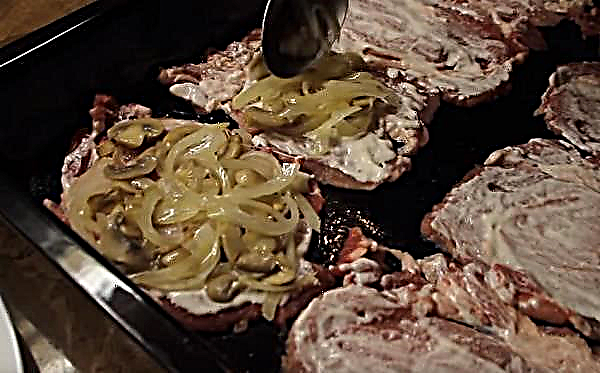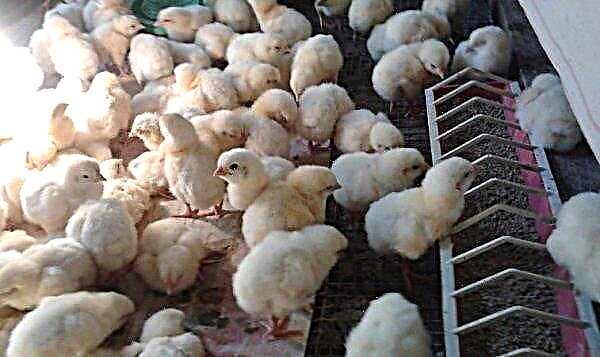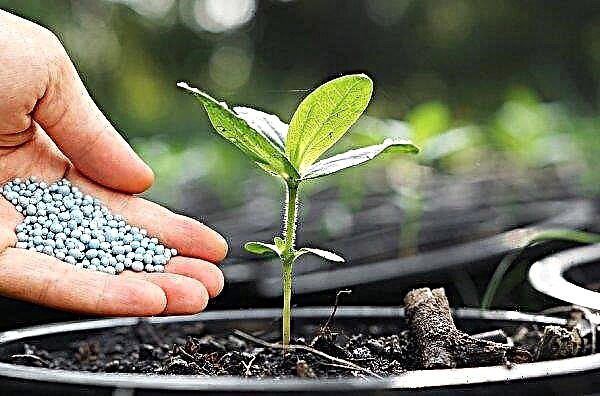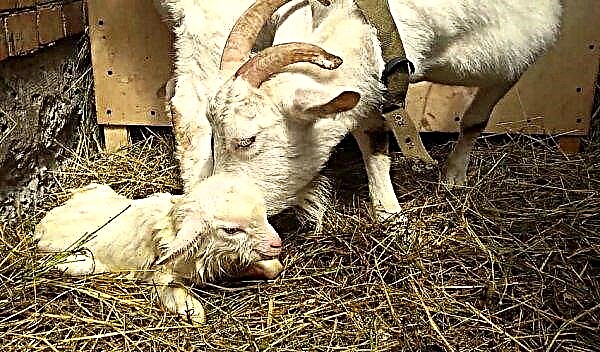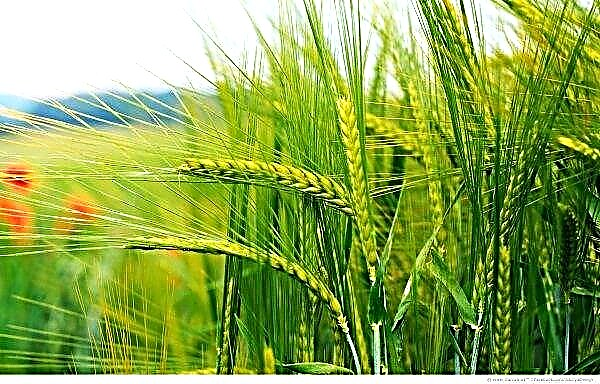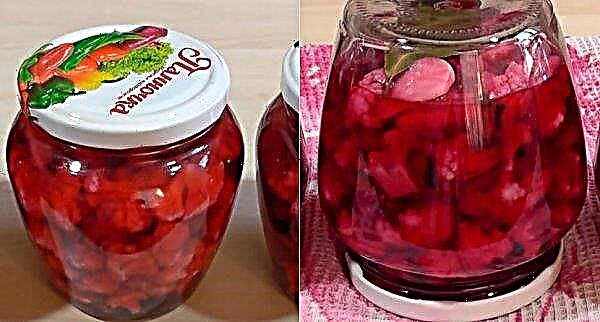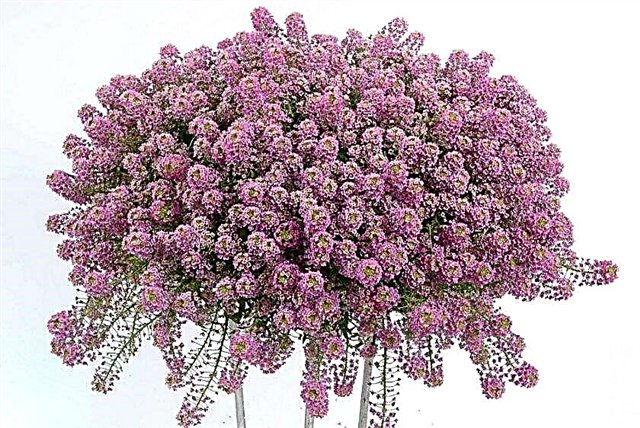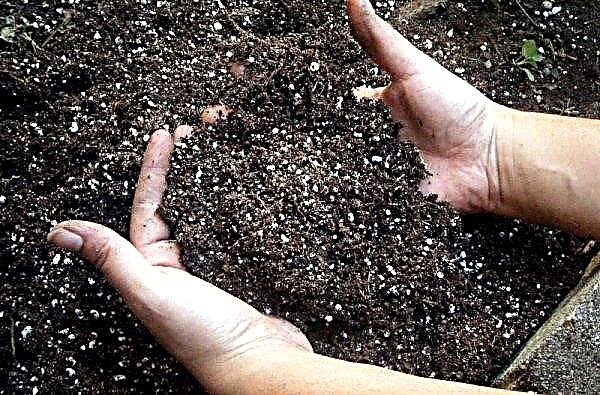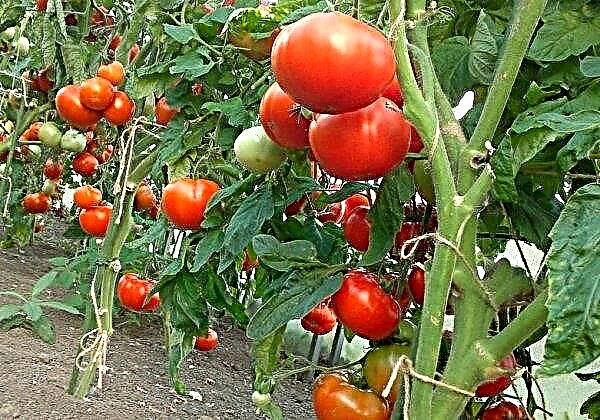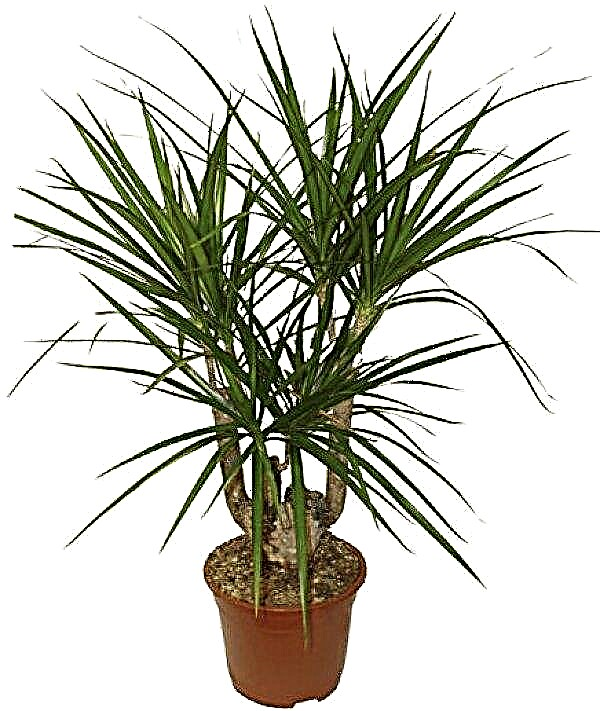Tomatoes are universally grown in home gardens and are the most popular crop. That is why there are many different varieties of tomatoes. Among the whole variety of species, there are those that differ significantly in their appearance. The fruits of the Puzata hut variety have an appearance that is somewhat different from ordinary tomatoes.
Description and characteristics of the variety
Puzata hut is a very young variety from a group of Russian breeders led by Vladimir Kachainik. First introduced in 2012, and registered in the state register in 2013. The variety is suitable for both growing in open ground and in greenhouses.
Its characteristics are as follows:
- bush of indeterminate type - with unlimited growth height, which reaches 1.5–2 m;
- early variety, the ripening period of tomatoes is about 110 days;
- the mass of fruits is above average - up to 300 g;
- high productivity - 9-12 kg per 1 sq. km. m;
- the fruits have an original embossed ribbed structure;
- the shape of the fruits is round, tapering upward, slightly pear-shaped;
- the color of tomatoes is light red;
- the pulp of the fruit is fleshy, juicy;
- the taste is sweet, without sourness, neutral;
- high resistance to diseases and pests;
- bushes have medium leafyness and branching;
- medium-sized leaves of a dark green color;
- up to five fruits are formed on one brush;
- likes watering, top dressing, loosening the earth near the stem;
- the fruits ripen well outside the bush;
- well suited for the preparation of salads, juice, ketchup.

Advantages and disadvantages of the variety
Like any variety, the Puzata hut has its pros and cons, which farmers and summer residents pay attention to.
- The positive properties of the form are as follows:
- high productivity;
- attractive appearance;
- tall and branched bush;
- excellent taste of the fruit;
- long fruiting period;
- resistance to diseases typical of tomatoes;
- Suitable for all types of workpieces.
- The variety has few negative qualities, but they are still there:
- thin stems and branches, which leads to lodging of plants without garter;
- asymmetrical fruits with a soft color;
- slow ripening of fruits.
Features of growing varieties
Given the modernity of the variety, there is no special “fuss” with it, since it is quite adaptable to growing conditions. But some nuances still need to be taken into account.
Optimal conditions
Those who planted tomatoes know that these vegetables are most often grown in seedlings - the seeds are processed with a nutrient solution and planted in separate containers (plastic glasses, peat briquettes, any suitable container). As soon as the shoots appear, the plants are placed on the sunny windowsill.
Important! These tomatoes require warm summers or film cover. In central Russia, many summer residents complain that the fruits do not have time to fully ripen.
It is necessary to monitor the air temperature, since it is possible to overheat the shoots. A normal temperature is considered to be + 23–25 ° C, although a slight increase is also calmly tolerated by future seedlings. Humidity should be moderate so that the developing roots and parts of the plant do not rot.
Features of sowing seeds
Almost three months pass from the time of planting the seeds to the ripening of the first tomatoes. During this time, the prepared seeds turn into full-fledged fruiting plants.
But for this to happen, it is necessary to properly organize all stages of cultivation:
- Germination test. Seeds are filled with water in a small container (glass, bowl, ladle) for 10 minutes. Those seeds that have not settled to the bottom are discarded.
- Treatment. Presowing treatment with growth stimulants is carried out in accordance with the instructions for them.
- Pre-germination. A natural fiber cloth (cotton, linen) is placed in a bowl, warm water is poured and seeds that have been processed are laid out. The bowl is covered with gauze and put in a lighted place until the kernels are poked.
- Soil preparation. Soil for seed germination is used commercially - such a substrate is balanced, contains mineral additives and at the initial stage does not require additional care, except for watering.

Then you can plant seeds for seedlings:
- Dried seeds are laid in the soil or prepared containers to a depth of 1-1.5 cm.
- The scheme of planting seeds is staggered with a step of 3x3 cm.
- For several days, the planting site can be covered with a film so that frost on the soil or drafts in the room do not destroy the sprouts.
Seedling Care
The container with seeds should be covered with glass or film and put in a dark and warm room for several days - up to a week. During this time, the first shoots should appear, after which the shelter is removed, and the containers are transferred to a lighted place.
Important! For seedlings, direct sunlight should be avoided, as they are detrimental to tender young plants.
Watering seedlings is necessary only when the soil under it dries. Too frequent watering can lead to decay of the roots and death of the shoots. The best air temperature during this period is + 17–22 ° С. You need to dive seedlings as the first strong leaves grow. At this stage, you can transplant the seedlings into pallets in a staggered manner according to the 10x10 cm scheme or into peat glasses with a diameter of 8-10 cm. You need to fertilize the seedlings before planting in the ground 2-3 times. The landmark of a quality plant is growth up to 20 cm and the presence of at least 7 leaves of saturated green color. Before planting in open ground, seedlings need to be tempered, reducing watering and lowering air temperature. Thus, plants adapt to more complex conditions of further growth. For the same purpose, glasses, jars or other containers with seedlings are exposed on the street - from 1-2 hours first to the whole day before landing in the ground. It is useful to leave already hardened plants on the street all night before planting.
Before planting in open ground, seedlings need to be tempered, reducing watering and lowering air temperature. Thus, plants adapt to more complex conditions of further growth. For the same purpose, glasses, jars or other containers with seedlings are exposed on the street - from 1-2 hours first to the whole day before landing in the ground. It is useful to leave already hardened plants on the street all night before planting.
Did you know? Serotonin (the so-called hormone of happiness) contained in tomatoes helps to cheer you up. Although this is most likely more of a psychological factor, even a simple look at this fruit increases the tone of the body.
Landing Technology
The site for a permanent location of the plant is carefully dug up and fertilized with humus. All weeds and their roots are removed. Before planting, the place for further growth must be well watered. Transplantation from containers to greenhouse soil is carried out in early to mid-April. And in the open ground, this tomato variety is transplanted at the beginning of the last decade of May.
Puzata hut is planted in the ground according to the following scheme:
- The dug up soil is leveled, pits up to 30 cm deep are made in it.
- Each well is abundantly watered.
- Plants from containers or greenhouses are carefully planted in holes, sprinkled with loose earth, which is carefully compacted and watered again abundantly.
- The next day, the plants are watered again.

The next watering is done in about a week. During this time, it is necessary to monitor the condition of the transplanted plants and individually for each of them to decide on the need for watering or other care.
Tomato Care
Given the lack of susceptibility to disease, Puzata Hut does not require any special care. These tomatoes feel great if you look after them, like any other unpretentious look.
Important! Foliar top dressing is also important - you can spray the upper part of the plant in the morning or evening, so that direct sunlight does not burn wet leaves.
Feeding and watering
The variety requires constant application of fertilizers, both organic and mineral, which must be alternated. A good effect is given by chicken droppings and manure, which also need to be applied in turn. Plant roots should be fed with one of the types of fertilizers every 10 days. Superphosphate is also well suited for feeding this species.
Watering these tomatoes is better in the evening or in the morning. The flow of water into the cooling or cooling soil favorably affects the gradual absorption of moisture by the roots. In the heat of the day in a hot land by irrigation, you can arrange a heat stroke for the plant. It is important not to fill the bushes, but to give them the necessary watering daily.
Pasynkovka and formation of a bush
Given the thinness of the stems and the need to garter them from an early age, one or two stems are usually formed for this variety. All other processes are ruthlessly removed, and the stems selected for growth are neatly tied. Mass gain by the growing fruits can result in lodging or breaking of the main stem.
Did you know? Sometimes Colorado beetles appear on tomato beds. Given that this is not their main food item from the nightshade family, it is better to do without chemistry and collect the beetles, larvae and eggs by hand so as not to harm the plants with various preparations.
After the seedling has taken root and has grown in place of growth, you need to properly form a bush:
- remove stepchildren - with your hands, knife or scissors;
- leave the main stem or another one that has grown from under the first leaf;
- leave 7-8 brushes so that extra brushes or false flowers do not take away strength from the plant;
- remove the bottom sheets, especially those that touch the ground;
- pinch the bush growth point.

Soil cultivation and weeding
Loosening and weeding the soil is extremely important for the normal health of tomatoes. Fresh air is very beneficial for growing seedlings, and the absence of weeds that take nutrients from the soil speeds up tomato growth. Both weeding and cultivation are carried out as necessary by the decision of the farmer. There are no special recommendations here, we can only advise weeding very carefully so as not to damage or destroy the crop bush, trying to weed the weed.
Diseases and pests
Due to the low susceptibility of this variety to diseases and pests, any special preventive measures are not necessary. You can only cultivate the soil before transplanting with a solution of copper sulfate or potassium permanganate, and mulch the soil after transplanting with peat or straw. Plants must be constantly checked for the appearance of aphid colonies, spider mites and other solanaceous pests. A warm soap solution helps from aphids, and from a tick - a decoction of celandine, which grows everywhere.
Harvesting and storage
The ripened fruits are carefully removed from the branches by a rotary movement, placed in baskets or plastic boxes. You can lay a layer of paper on the bottom so that the fruits do not shed. Puzata hut is stored for a long time in the refrigerator, in the basement or in another dark and cool place.
A young and promising variety is only conquering its market, but it has every chance of becoming very popular. Its palatability is excellent for all types of tomato applications for both domestic and industrial use.

